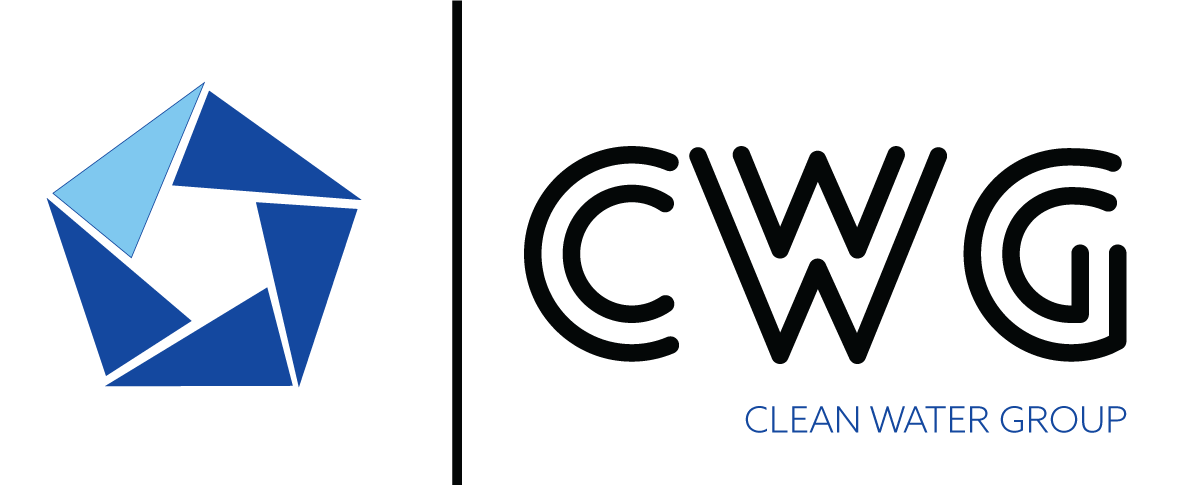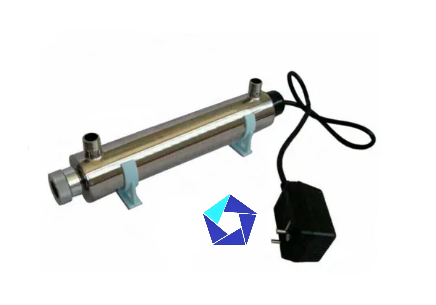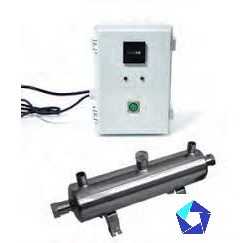DISINFECTION
Water disinfection plays a key role in ensuring the safety of drinking water for consumption.
There are several techniques and technologies used to disinfect water to eliminate pathogenic microorganisms and ensure public health.
Here is an overview of the most common methods of water disinfection:
- Chlorination: Chlorine is one of the most commonly used disinfectants. Chlorination involves adding chlorine to water to inactivate pathogenic microorganisms. Chlorine can act as an oxidizing agent and damage the cellular structures of microorganisms.
- Ozone: Ozone is a powerful oxidative disinfectant used to kill microorganisms. Ozone quickly decomposes after use and leaves no by-products. Ozonation involves adding ozone to water via an ozone generator. This process quickly inactivates microorganisms and removes undesirable odors and flavors.
- Ultraviolet (UV) radiation: UV radiation uses UV light to damage the DNA of microorganisms, thereby preventing their reproduction. UV disinfection does not leave by-products and does not affect the taste of water. However, UV radiation requires a continuous source of energy and good water permeability for UV light.
- H2O2 Hydrogen peroxide: Hydrogen peroxide is used as a disinfectant and oxidizing agent. It can be added to water to destroy microorganisms. It also helps to eliminate undesirable odors and flavors and oxidizes organic matter.
- Chlorine dioxide: Chlorine dioxide is a powerful disinfectant that is often used to disinfect water in large water supply systems. It inactivates pathogenic organisms and controls the formation of disinfection by-products.
- Electrolysis on-site: This technology uses electrochemical processes to create chlorine-like disinfectants from an ionized salt in water. Electrolysis is effective and creates disinfectant on site, reducing the need for storage and transportation of chemicals.
Each of these methods has its advantages and limitations and the choice of method is based on specific water conditions, needs and resources.
The combination of different techniques and technologies is often used to achieve the best water disinfection and ensure safety for consumption.
The benefits of water disinfection are numerous and play an important role in protecting public health and the environment. Here are some of the main benefits of disinfecting water:
- Elimination of pathogenic microorganisms: Disinfecting water removes pathogenic microorganisms such as bacteria, viruses, and parasites. These organisms can cause various diseases and infections if ingested through contaminated water. Disinfection prevents the spread of infections and epidemics.
- Reducing the risk of water-related diseases: Water disinfection reduces the risk of dropsy diseases such as diarrhea, cholera, hepatitis A and other waterborne diseases. This measure plays a key role in protecting the health of people who consume water.
- Improving taste and smell: Water disinfection can help eliminate undesirable odors and tastes that may occur due to the presence of organic substances and microorganisms. This process contributes to better taste and quality of water.
- Extends the life of the water supply system: Water disinfection helps prevent the growth of bacteria and microorganisms in water supply pipelines and tanks. This reduces the need for frequent cleaning and maintenance of the system and extends its service life.
- Public health protection: Water disinfection ensures that water consumed, used in households, industry and agriculture does not pose a danger to human and animal health. This is especially important in urban environments where the presence of microorganisms is extremely high.
- Preventing epidemics: Water disinfection plays a key role in preventing epidemics that can spread rapidly through water supply. This is especially important in situations of natural disasters or major events where the water supply is subject to contamination.
Ultimately, water disinfection ensures that the water we consume is clean, safe and free from pathogenic microorganisms. This is a fundamental step in preserving human health and the environment and ensuring a reliable supply of drinking water.



